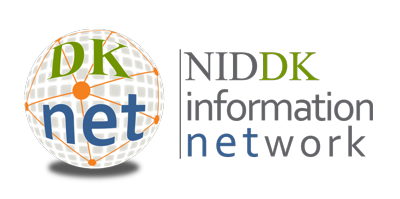Clear Filters
Resource Type ▼
Usage / Applications ▼
Contributor Organization ▼
Search Results for: returned results
Your search did not return any results.
Search DKNET for

.
